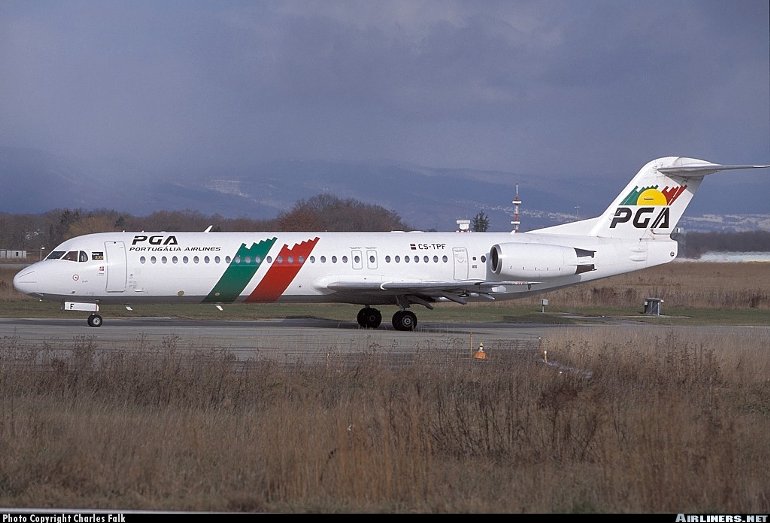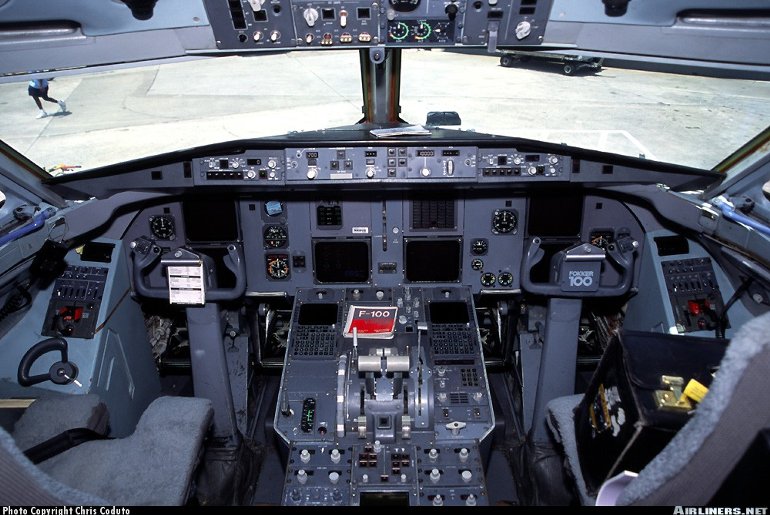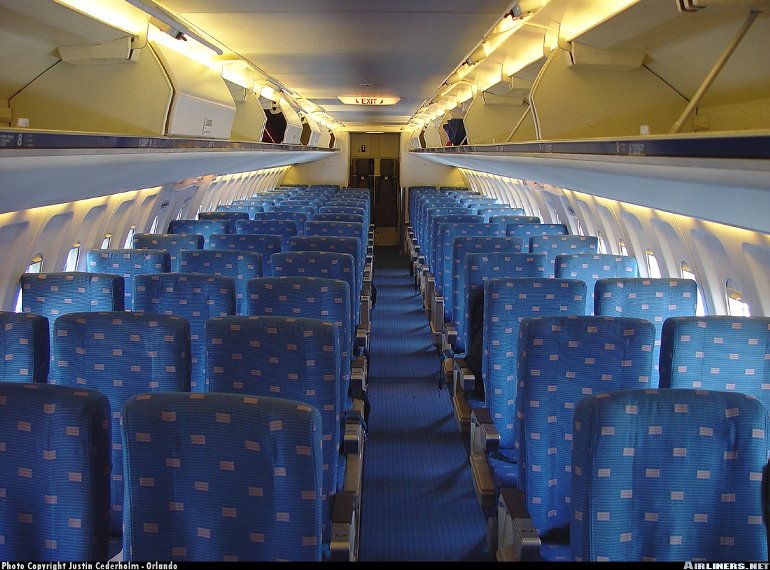Aircraft Technical Data
Fokker 100



| Details | |
| Country of Origin | Netherlands |
| Type | 100 seat regional jet |
| History | Fokker's largest aircraft, the Fokker 100 is a 100 seat jet airliner based on the F-28 Fellowship, but stretched and thoroughly modernised. Fokker announced it was developing the Fokker 100 simultaneously with the Fokker 50 turboprop in November 1983. The Fokker 100 is based on the basic F-28 airframe, with the most important and obvious change being the stretched fuselage, increasing maximum seating to 122, compared with 85 in the F-28-4000 (on which the 100 is based). Other changes include more economical RollsRoyce Tay turbofans (which, unlike the F-28's Speys, conform to Stage 3 noise limits), revised wing design with greater span and aerodynamic efficiency (Fokker claimed it to be 30% more efficient than the F-28's), a modern EFIS glass flightdeck, redesigned cabin interior plus other systems and numerous equipment changes. The Fokker 100's first flight occurred on November 30 1986, certification was awarded in November 1987 and the first customer delivery, to Swissair, occurred in February 1988. The Fokker 100 was offered in a number of versions including higher gross weight options of the standard airliner, the Fokker 100QC Quick change airliner or freighter with a large forward freight door and the Fokker Executive Jet 100 corporate shuttle or VIP transport, fitted with luxury interiors to customer requirements. It also forms the basis for the shorter Fokker 70, while the 130 seat class Fokker 130 had also been studied. Fokker collapsed in 1996 and wound up production early the following year. Rekkof (Fokker backwards) Restart has been negotiating to re-open the Fokker 70 and 100 lines. |
| Powerplants | Two 61.6kN (13,850lb) RollsRoyce Tay Mk 62015 or 67.2kN (15,100lb) Mk 65015 turbofans.test |
| Performance | Max cruising speed 845km/h (456kt), long range cruising speed 737km/h (453kt). Range with 107 passengers and Tay 620s 2505km (1323nm), or high gross weight version with Tay 650s 3167km (1710nm). |
| Weights | Tay 620 - Operating empty 24,375kg (53,738lb), max takeoff 43,090kg (95,000lb). With Tay 650s - Operating empty 24,541kg (54,103lb), max takeoff 45,810kg (101,000lb). |
| Dimensions | Wing span 28.08m (92ft 2in), length 35.53m (116ft 7in), height 8.50m (27ft 11in). Wing area 93.5m2 (1006.4sq ft). |
| Capacity | Flightcrew of two. Max single class high density seating for 122. Standard single class seating for 107 at five abreast and 81cm (32in) pitch. Two class seating for 12 first class passengers at four abreast and 91cm (36in) pitch, and 85 economy class passengers; or 55 business class at five abreast and 86cm (34in) pitch, and 50 economy class pax. Fokker 100QC Quick Change max payload of 11,500kg (25,353lb), comprising five LD9/LD7 containers and one half size container, or up to 11 LD3 containers. |
| Production | Almost 300 Fokker 100s had been ordered before Fokker's collapse in March 1996. 283 had been built when production ceased in early 1997. |
| Related Links | Fokker 100 |
The backbone of this section is from the The International Directory of Civil Aircraft by Gerard Frawley and used with permission. To get your own copy of the book click here. |
|








